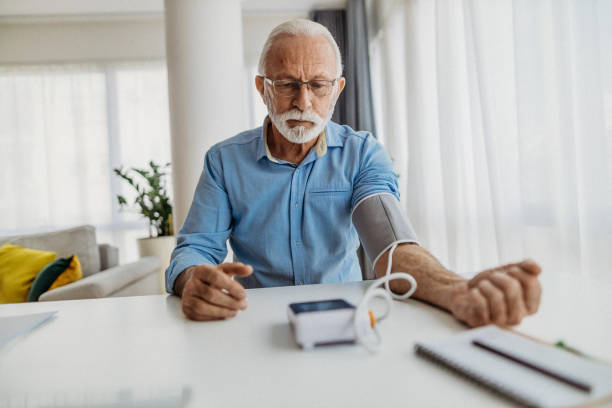Chronic care management and remote patient monitoring are two care delivery models gaining momentum in today’s healthcare system. Together, chronic care management and remote patient monitoring, commonly referred to as CCM and RPM, are helping practices improve patient outcomes, enhance satisfaction, and increase practice revenue.
This article breaks down how these two programs work independently and in tandem to improve care for patients with chronic conditions while supporting the financial and operational goals of healthcare organizations.
How CCM and RPM Work Together
CCM and RPM are healthcare approaches that can enhance patient outcomes and practice value. RPM involves using technology to monitor patients’ health remotely, collecting vital data such as blood pressure, weight, blood glucose, and other metrics. This real-time information enables healthcare providers to track patients’ conditions more effectively, intervene promptly, and optimize treatment plans.
On the other hand, CCM is a comprehensive care coordination program designed to manage and support patients with chronic conditions. It involves proactive planning, regular communication, and targeted interventions to improve patients’ well-being. Together, CCM and RPM represent a dynamic duo in modern healthcare, leveraging technology and care coordination to drive positive outcomes, boost patient satisfaction, and deliver substantial returns on investment.
State of CCM and RPM
An MD Revolution survey of 141 healthcare executives highlights a notable trend—C-suites are allocating more resources to establish CCM and RPM programs to boost patient and clinician satisfaction while improving outcomes and reducing overall expenses.
The survey underscores the pivotal role of underlying technologies in achieving these business objectives. These technologies are proving to be strategic investments, delivering a return on investment (ROI) when tactically operated. In fact, 94% of respondents believe that remote patient monitoring programs show improvement in patient outcomes. In addition, 73% say that remote patient monitoring yields a return on investment.
The research findings show that 90% of respondents affirm that RPM has yielded a positive return on investment (ROI) regarding care quality. Meanwhile, 66% report a strong care quality ROI after implementing CCM using the platform. The survey further reveals that 79% of respondents acknowledge the positive impact of CCM on patient care, with 76% expressing a similar sentiment for RPM. In patient satisfaction, CCM emerges as a game-changer, with 70% of respondents attesting to its positive influence. RPM closely follows, with 67% reporting improved patient satisfaction.
The survey shows that satisfaction rates are notably high for those collaborating with external partners for CCM and RPM at 90%. Moreover, 85% express reluctance to switch partners, underscoring the stability and contentment derived from these partnerships.
The Power of Integrating CCM and RPM
By implementing chronic care management and remote patient monitoring in tandem, physician practices and health systems unlock a powerful combination. This integration positively impacts patient care and satisfaction and ensures a tangible ROI aligning with business and clinical expectations.
As the healthcare landscape evolves, the strategic implementation of CCM and RPM emerges as a transformative force, redefining patient care, satisfaction, and overall practice value. The data speaks volumes, signaling a promising future for healthcare organizations embracing these technologies.
If you are a chronic care, telehealth, RPM services, or software company member, book a consultation and free demo to learn more about leveraging Tenovi’s remote patient monitoring devices and service solutions.


